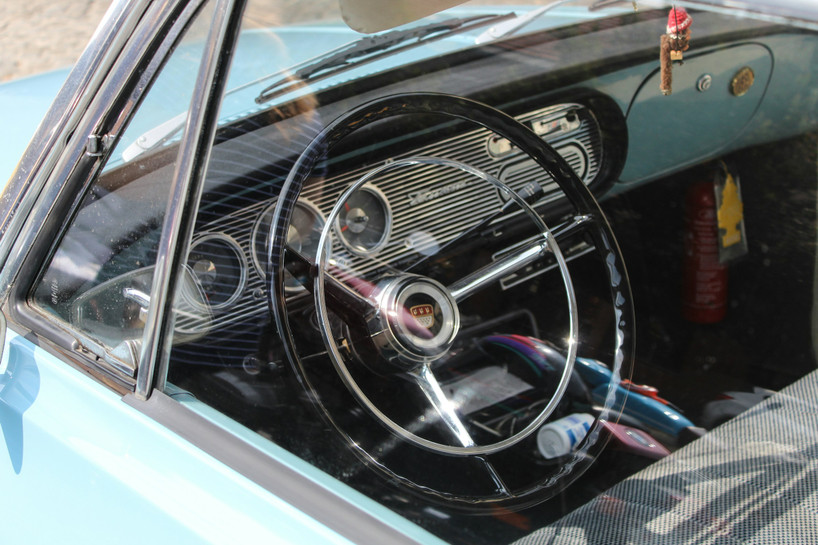Classic cars are celebrated for their timeless design, raw power, and unmistakable charm. Yet, beneath their polished chrome and vintage dashboards often lie electrical systems that are decades old and prone to problems. At Vintage Car Radio, we’ve seen countless enthusiasts struggle with electrical gremlins that can stall projects or leave a car unreliable on the road. Understanding these issues is the first step in keeping your classic running strong.
1. Worn or Brittle Wiring
One of the most common electrical issues in older vehicles is deteriorated wiring. Over time, insulation becomes brittle, cracks, or even falls away, leaving bare wires exposed. This can cause shorts, blown fuses, or even fires. Reviews from restorers consistently emphasize checking wiring harnesses during a build—replacing or upgrading them prevents headaches down the road.
2. Poor Grounds
Electrical systems rely on proper grounding to function. Unfortunately, in classics, rust, corrosion, or paint often interfere with clean ground connections. A bad ground can lead to dim lights, intermittent starter issues, or weak signals from accessories like your radio. Many enthusiasts have solved “mystery” electrical issues simply by cleaning ground points or adding new ground straps.
3. Faulty Alternators and Generators
Older cars often came with generators rather than modern alternators, and even when upgraded, the charging systems can struggle with today’s demands. Dead batteries, dim headlights, and weak radio output are common symptoms. Reviews point to alternator upgrades as one of the most worthwhile electrical improvements for classic drivers who add modern features like amplified sound systems.
4. Blown Fuses and Fuse Box Problems
Aging fuse boxes are notorious trouble spots. Corroded contacts or loose connections can cause fuses to blow frequently or not make proper contact. Restorers often recommend replacing the entire fuse panel with a reproduction or upgraded unit during a restoration.
5. Weak or Failing Starters
Starting issues plague many older cars, especially as starter motors wear out. Combined with old wiring or weak grounds, this can make firing up your classic a frustrating ordeal. Many reviews highlight high-torque mini-starters as a modern solution that fits right into older cars while offering more reliable cranking power.
6. Dim or Flickering Lights
From dash bulbs to headlights, dim or flickering lights are among the most visible signs of electrical trouble. This can be caused by old wiring, weak alternators, or corroded sockets. Upgrading to halogen or LED bulbs (while maintaining original housings for authenticity) is a popular fix among restorers.
Final Thoughts
Electrical problems are one of the most frustrating aspects of owning or restoring a classic car, but they don’t have to ruin the experience. By addressing worn wiring, upgrading charging systems, cleaning grounds, and modernizing where necessary, you can enjoy reliable performance without sacrificing authenticity.
At Vintage Car Radio, we believe that solving these common electrical issues isn’t just about keeping your classic running—it’s about ensuring your vintage ride delivers the full experience: smooth cruising, bright lights, and clear sound from your dash.



